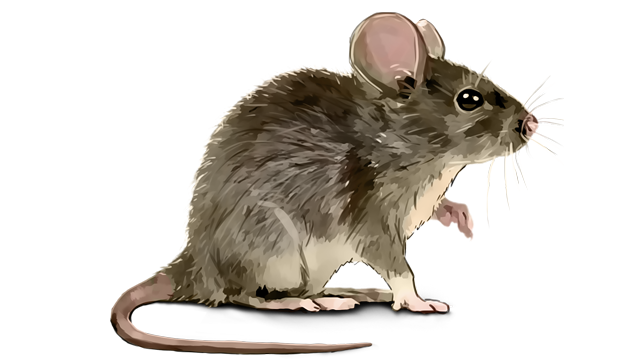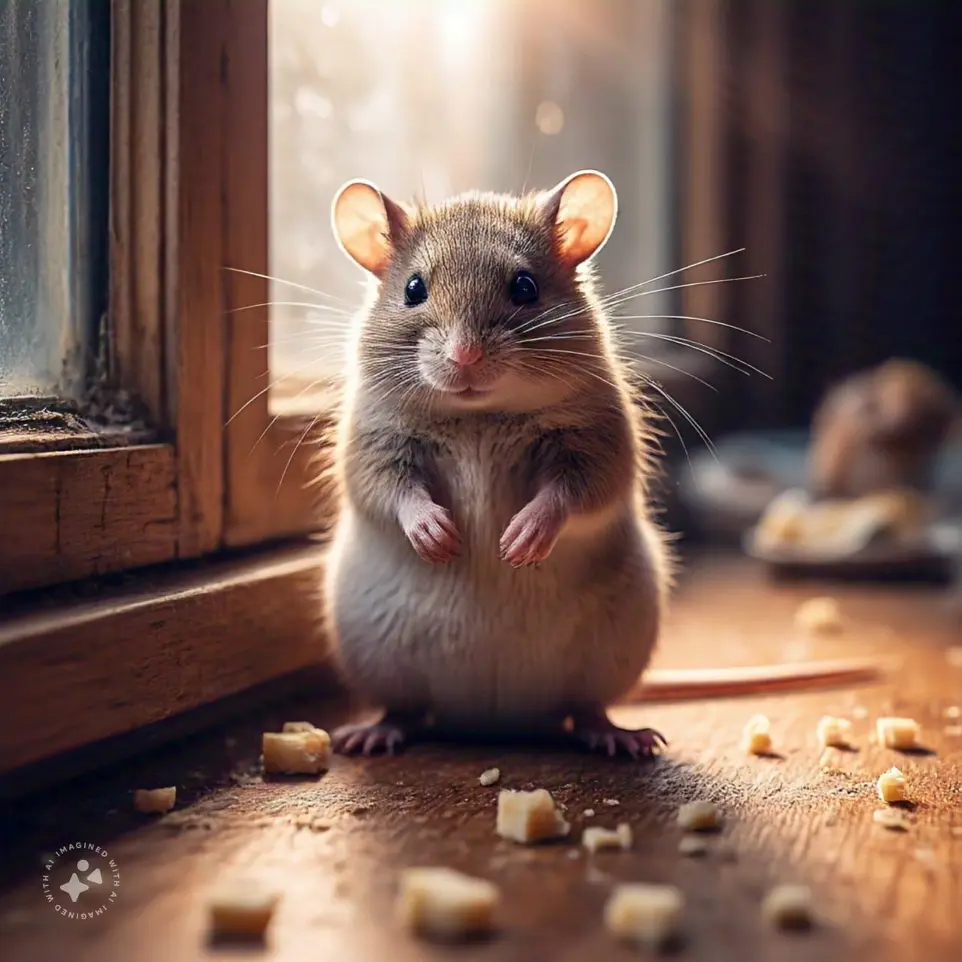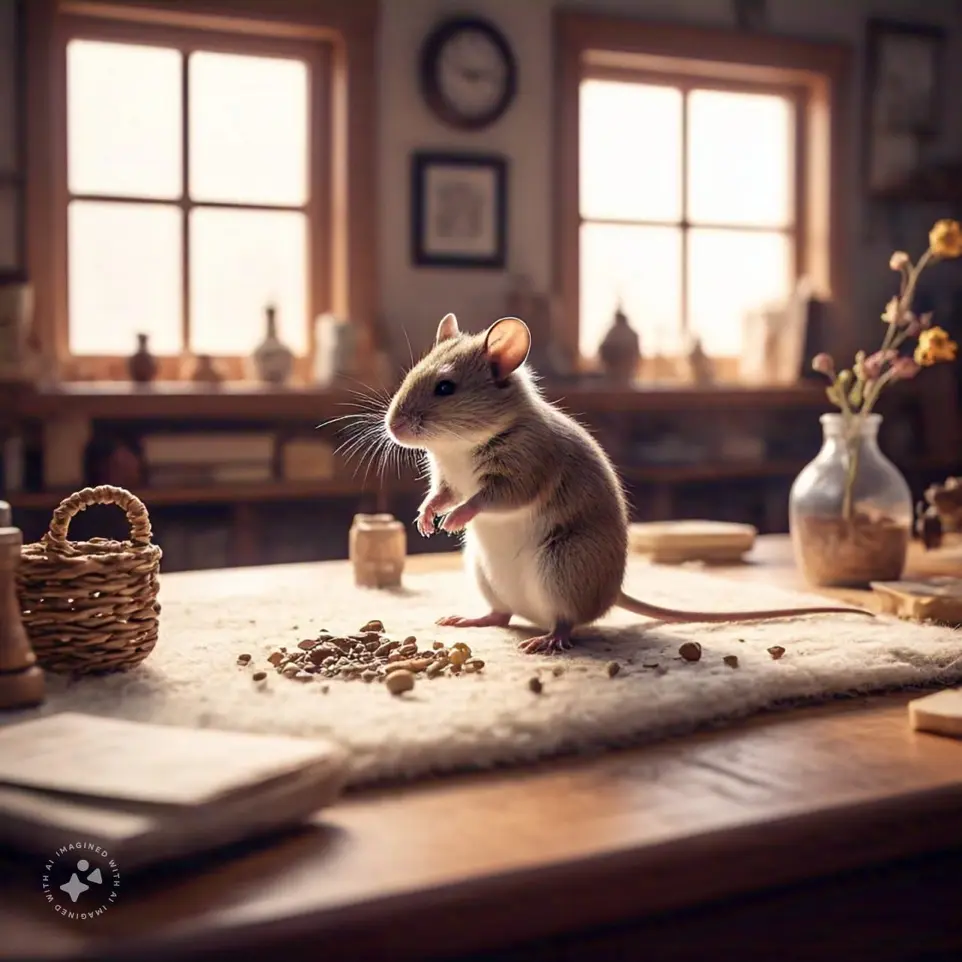Small Intruders, Big Problems: Eliminate House Mice with Expert Solutions!

House Mouse (
Mus musculus)
Size: 5–7 inches (12–18 cm) including tail
Weight: 0.5–1 ounce (15–30 grams)
Color: Light brown to gray with a lighter underside
Tail: Long, thin, and covered with fine scales
Ears and Eyes: Large ears and small, dark, beady eyes
Body: Slender, with a pointed snout
Fast runners and good climbers, making them highly adaptable in human environments

Feeding Preferences
House mice are opportunistic eaters and consume a wide variety of available food sources in commercial settings. They are particularly attracted to grains, sweets, meats, and dairy products but will feed on almost any human food left exposed or improperly stored. They are skilled at scavenging, often targeting areas where spills, crumbs, or leftovers accumulate, such as near workspaces, storage bins, or waste disposal areas. Their strong teeth allow them to gnaw through packaging, leading to contamination of stored goods. Maintaining cleanliness and securing food supplies are essential to prevent these pests from accessing and spreading contaminants.

Habitat
House mice are highly adaptable and thrive in areas where food and shelter are easily accessible. In commercial environments, they are commonly found in dark, quiet spaces like storage areas, under shelving, or behind equipment. They seek refuge near discarded materials, insulation, or tight spaces that provide protection from human activity. These areas often offer a combination of warmth and proximity to food sources, making them ideal for nesting and foraging. Their ability to exploit small openings and hidden spaces allows them to establish themselves quickly in environments with poor sanitation or inadequate waste management.

AIR Approach for House Mouse:
- Assess: Inspect your home for signs of mouse activity, such as droppings, gnaw marks, nesting materials, and signs of entry points. Focus on areas like kitchens, basements, and attics, as well as any gaps or holes in walls and foundations to assess the severity of the infestation.
- Implement: Use targeted treatments such as rodent baits, traps, and rodenticides. Seal entry points with materials like steel wool or caulk to prevent mice from entering. Remove food sources by keeping food stored in airtight containers and maintaining cleanliness.
- Review: Regularly monitor your property for signs of continued mouse activity and adjust treatments as needed. Continue preventive measures such as maintaining cleanliness, sealing potential entry points, and conducting periodic inspections to prevent future infestations.
Frequently Asked Questions
They can squeeze through small openings, gaps in walls, vents, or foundations, often accessing structures by following utility lines or piping.
Signs include droppings, gnaw marks on wires or furniture, nests made of paper or fabric, and the sound of scurrying in walls or ceilings.
A single pair can produce up to 10 litters in one year, with each litter consisting of 4–8 young, making populations grow rapidly if not controlled.
They can spread bacteria and pathogens through their droppings, urine, and contact with food supplies, compromising hygiene in food-related areas.
Sealing small openings and gaps can prevent mice from entering buildings and accessing resources, reducing the risk of an infestation.
Yes, they thrive in warm, sheltered areas near food and water sources, especially in cluttered or poorly maintained spaces.
Ensuring waste is tightly sealed, regularly disposed of, and not left exposed significantly reduces the chances of attracting and sustaining a rat population.